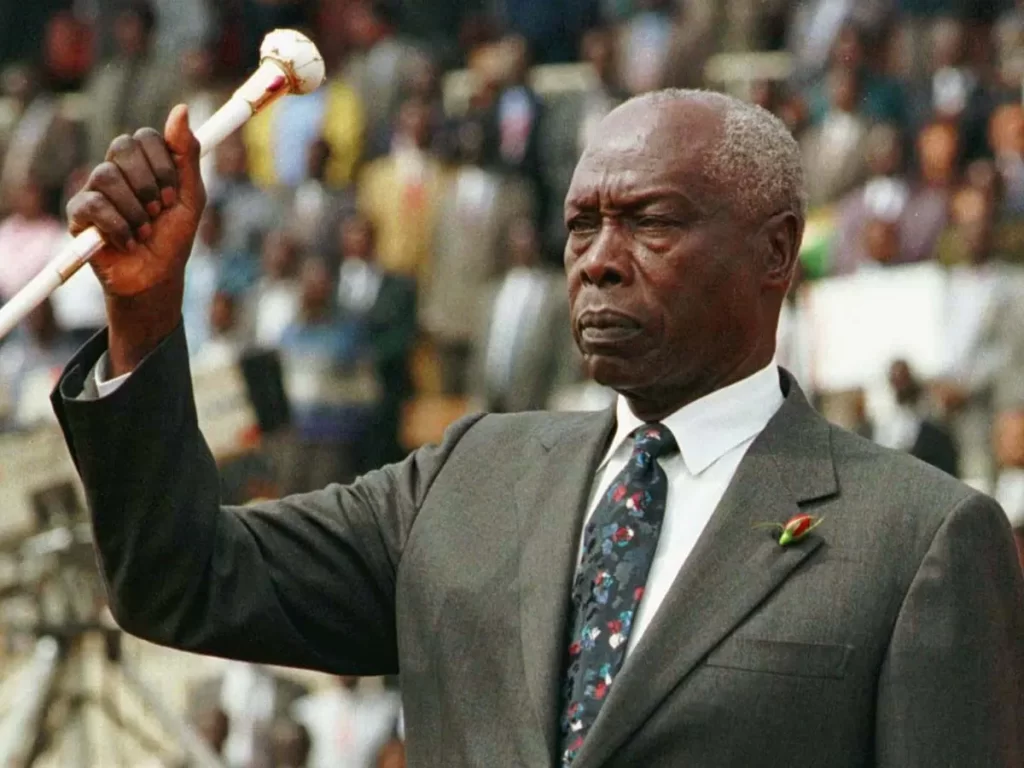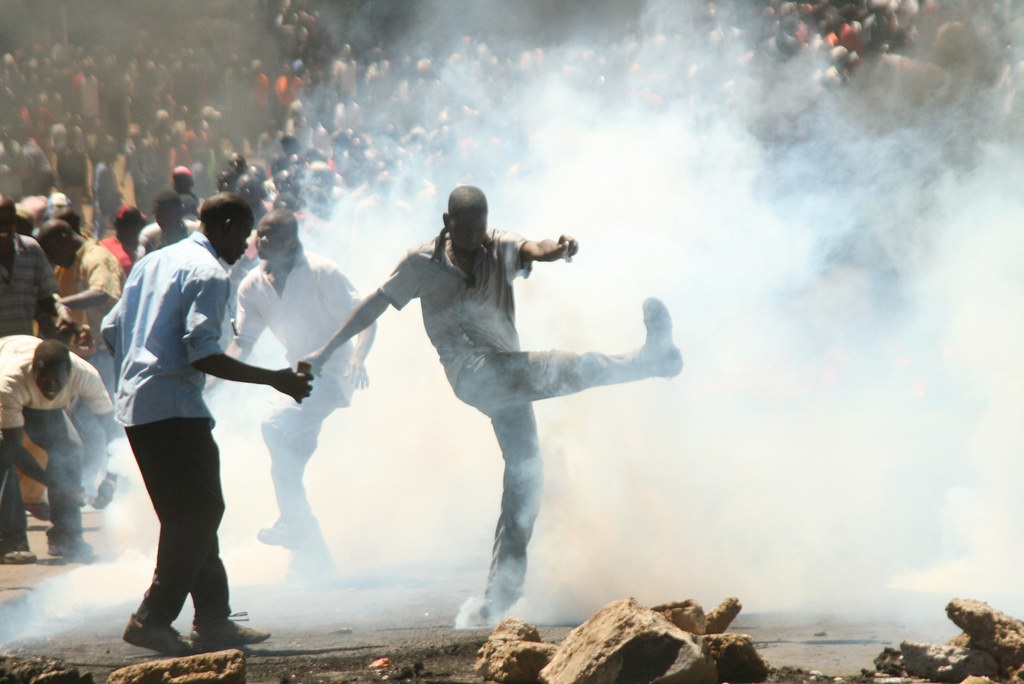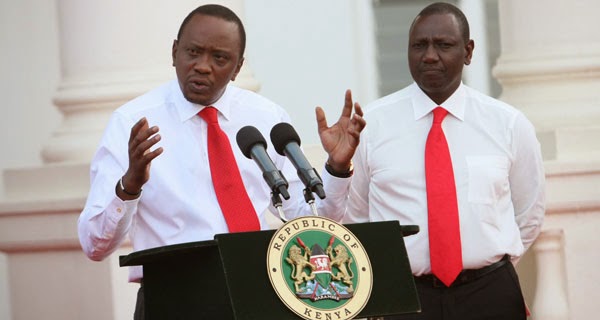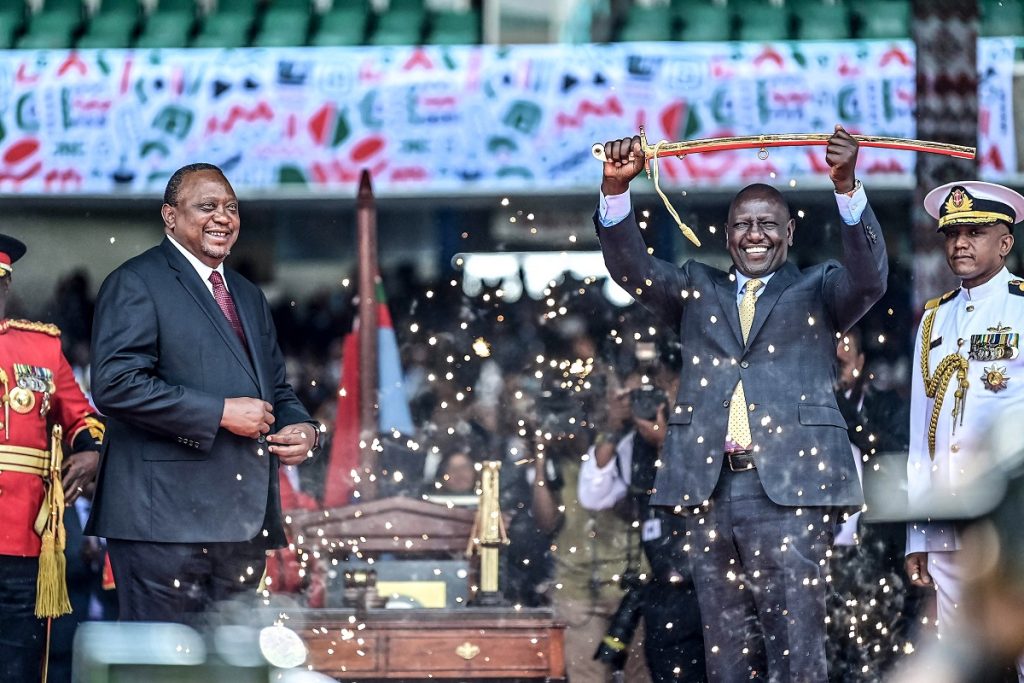This far Kenya has come to mark 60 birthday
As Kenyans today (December 12, 2023) celebrate the remarkable milestone of 60 years of independence, it is imperative to look back at the journey thus far travelled to assess our achievements as a nation.
The human capital is the most accurate means by which the growth of a nation is assessed because it is around its people that every aspect of a country’s development depends.
By looking at the status of its people, the stage of a nation’s growth can be qualified and quantified – similar to the biblical analogy uttered by Jesus Christ – “By their fruits we shall know them”. And so it goes for Kenya at 60.
The population of Kenya at Independence in 1963 was a mere 8.6 million. Today, the population is estimated to be about 53 million.
Of those that were alive or born in the year Kenya attained self-determination, only 2.2 million remain in the population. This remarkable demographic transformation underlines the narrative of all aspects of the country’s growth thus far.
The population that marks the 60th birthday of Kenya today is made up of 80 percent aged 35 years and below – a phenomenon described as ‘youth bulge’ that has taken over the whole world in varying percentages.
Going by the composition of the population, according to demographics experts, the country has come of age, carrying a far heavier load than it did at independence and facing huge responsibilities that the population of six decades of Independence demands.
Five presidents

Five presidents have steered the Kenyan ship at different stages of the nation’s development, each facing different circumstances that remain dynamic as time progresses.
The late Mzee Jomo Kenyatta who took the mantle in 1963 presided over a national population that could have been equal to that of just one region of today’s Kenya. Rapid developed witnessed then is attributable partly to a small population size that was easier to fend for.
Agriculture, Education, Health, urban housing and other amenities were affordable amenities, what with a good infrastructure put up by the departing colonial administration.
Kenyatta apparently had his work cut out and implementable, with policy cast in Five-Year Development Plan cycles that mainly targeted Ignorance, Poverty and Disease. He reigned over a stable economic regime until his demise in 1978.
Moi

The late Daniel arap Moi inherited the ‘Nyayo’ from Jomo Kenyatta in 1978 and still found economic stability that Mzee had built for fifteen years. He continued with the Five-year Development Plan alongside injecting his own social development projects mainly in agriculture, education, healthcare and transport.
However, for Moi, effects of a changing global political climate would not let him hold sway as Kenyatta had done, without pressure from the Bretton Woods institutions (World Bank and IMF) and the emergence of the United States as a dominant superpower.
Moi had started off well, and managed to lay the building blocks of what looked like a smooth economic path, largely with the support of the US and the West. But the global wind of change that blew in 1989 after the fall of the erstwhile Iron Curtain, would change the power chess board not just for Moi but for other strong-arm leaders in Africa and mainly Eastern Europe and Latin America.
Moi, who had started at ease, would wade into Structural Adjustment Programmes (SAPS) forced down from over-bearing donor partners followed by the wind of change that stirred internal political resistance that dismantled African single party monoliths, including his once powerful Kanu machinery.
At the end of his 24 years’ reign, Kanu could not stand and it was the end of an era for the party that had taken Kenya to independence.
Kibaki

Enter Mwai Kibaki in 2002, another of the Independence generation of politicians, having been Kanu organising secretary in 1963 and later long-serving Minister for Finance and Vice-President under Moi for part of the latter’s term.
Economic and political scholars have variously analysed that it was under Kibaki that Kenya would mature fully as a sovereign, independent nation, charting its course devoid of the influence of international powers and so-called development partners.
This was seen to have left the late Kibaki to exercise leeway in internal economic policies that for the first time saw Kenya’s economy grow above seven percent annually. He experimented with an unprecedented facing-East policy, seeming to largely shun the West and to favour China, resulting in some dream infrastructural projects that had remained on Development Plan blueprints.
The Nairobi by-passes, the SGR Railway, the Thika Superhighway, JKIA and Mombasa Moi Airport expansion, rural roads network, free primary and later secondary education, expanded healthcare, fixed bank interest rates were just some of Kibaki’s memorable projects that would earn him accolades and be inherited by the future governments.
Some of the programmes have since stalled or changed but the Kibaki 2030 Development Plan still bequeathed large impact in the next two governments. But despite his sterling performance, Mwai Kibaki emerge with an ugly blot on his legacy in the form of post-election violence following his disputed second term victory in 2007.

Still, he seemed to recover ground and deliver the new 2010 Constitution that transformed Kenya. Ironically, the post-election violence would seem to contribute to Kibaki’s succession, as two of those indicted in the International Criminal Court, in the Hague, with perpetrating the violence, Uhuru Kenyatta and William Ruto, managed to win the presidency under the new Constitution’s co-joined running mate system.
UhuRuto

And so it was, former foes-turned-friends, Uhuru the President and Ruto his Deputy succeed Kibaki. The two politicians, exhibiting brotherly camaraderie and enjoying goodwill from a wide political support from their regional bedrocks, started off with fresh energy as Kenyans had not seen in the presidency. President Uhuru Kenyatta prioritised his development blueprint, The Big 4 Agenda. They quickly took over and owned some of Kibaki’s pet projects like SGR and the last mile electricity distribution and ran with them. It was a novel first term with stability and economic growth thriving after they managed to overcome and have their cases at the Hague quashed.
But Kenyans were treated to a déjà vu of political tension as not been seen before, when the Supreme Court overturned Uhuru’s second-term victory in 2017, stirring memories of the Kibaki 2007 debacle.
Handshake

However, Uhuru returned amid a storm of a second round election boycott by main challenger Raila Odinga. Uhuru would later appease Raila by repeating the Kibaki hand-shake formula of 2008. Calm returned but a new storm was just beginning between Uhuru and his Deputy Ruto.
The former dream ticket named Uhuruto was torn to pieces as Uhuru outrightly supported former foe Raila and shunned Ruto who had stood with him in two elections. Come one of the most hotly contested presidential elections in Kenya, with the president rooting for the rival of his Deputy, and William Ruto beat seemingly insurmountable odds to become Kenya’s fifth President.
Kenya Kwanza

Ruto has been in office for one year and three months and today is his second ceremony leading the nation in marking the 60 Jamhuri Day.
Just slightly over one year into his term, William Ruto has visibly cut his teeth on the rough and tumble of holding Kenya’s top office. Standing firm against initial street protests mounted by the opposition, the President has gone to great effort to spread his embrace to all parts of Kenya, even where he did not attract electoral support.
He has gone to great extent to underline his government’s commitment to uplifting the lowly in society (the hustlers) by implementing the building blocks of administration’s “Bottom-Up Economic Agenda” (BETA), which he has repeatedly said, embodies Kenya’s commitment to inclusive development. On Friday, Ruto said in a speech addressing the UN during a human rights event in Nairobi: “This ambitious plan (BETA) goes beyond mere economics, prioritising the needs of marginalised communities and individuals to bridge the long-standing gap of inequality. BETA has garnered international praise for its innovative approach, recognised by the IMF and World Bank for focusing on empowering small businesses, social protection and inclusive growth.
He spelt out the five key themes that drive BETA, Agriculture, Micro, Small and Medium enterprises, Housing and Settlement, Healthcare and the Digital Superhighway and Creative Industry.
President Ruto will lead Kenyans in celebrating this special day at the iconic Uhuru Gardens in Nairobi.
And thus far Kenya continues to walk into the future at 60, a youthful age for a nation with high potential.
Margaret Kalekye









Post a Comment